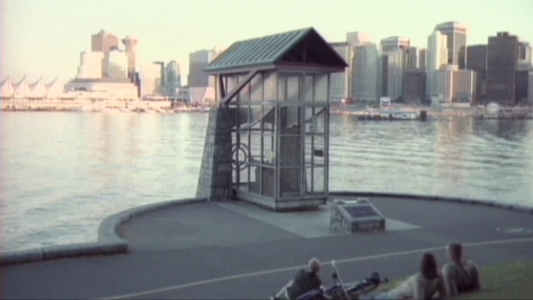Viewer Comprehension and Temporal Shifts in Hollywood Film
Résumé
The narrative conventions of film rely on temporal structural elements that, over the years, have shown gradual and significant stylistic shifts. Here, we investigate the evolution of film from the single shot scenes of the 1890s to the complex visual narratives that define modern Hollywood movies. We analyze the changing trends of film in terms of narrative shifts, with a special focus on how the editing conventions of intensified continuity have redefined the ways in which the temporal dimensions of film are understood by audiences. In particular, we draw conclusions about the viewing experience from a psychological perspective by proposing a relationship between intensified continuity and narrative immersion, and we outline the role that this relationship plays in the decline of many historical editing conventions.






